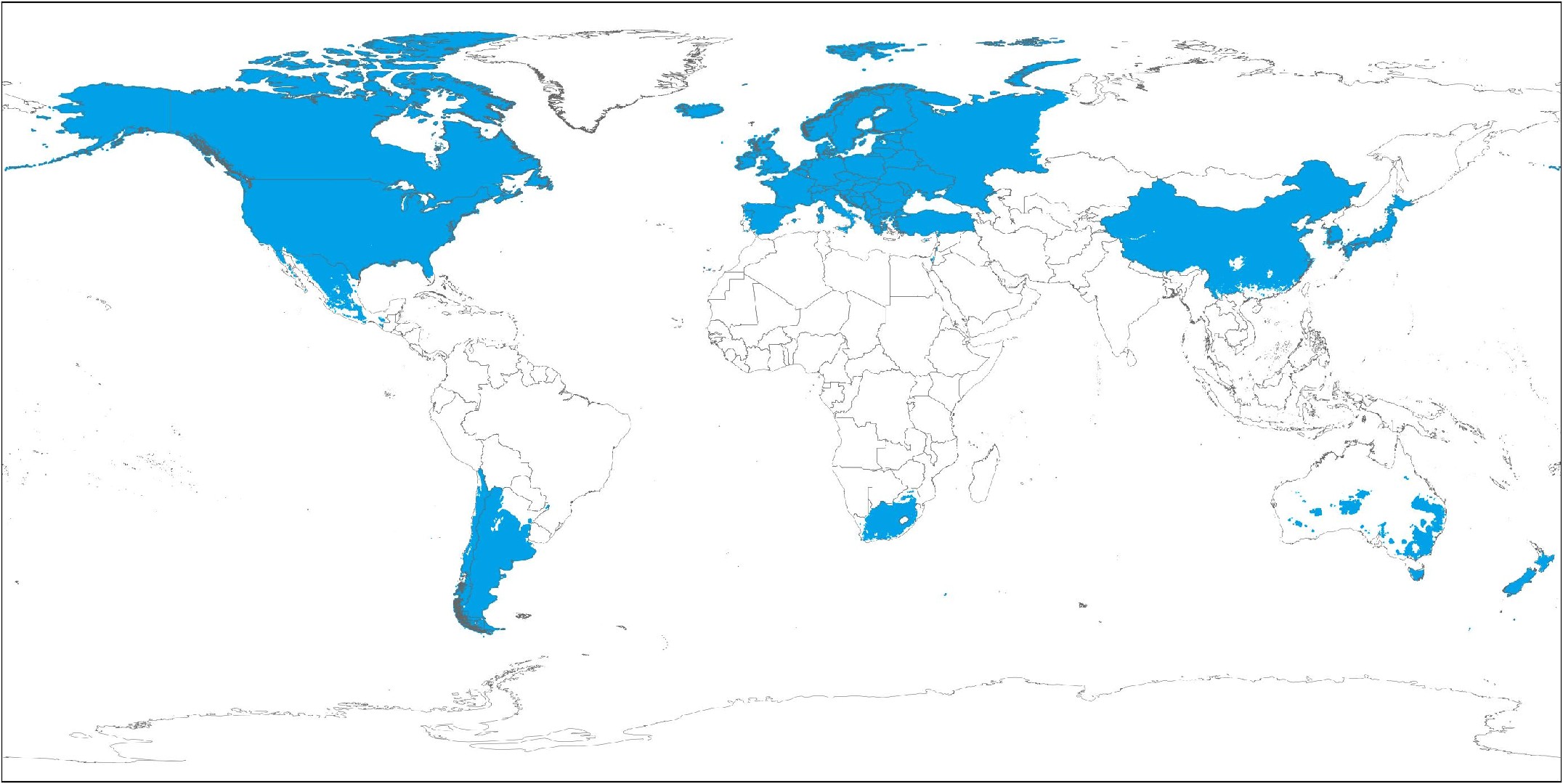What is the best way to water my Yellow pitaya?
It's important to know various ways to water the Yellow pitaya. Some might ask whether they should do the watering from top to bottom, or is it the opposite? According to the experts, one of the best ways to water the cactus is to start from the bottom. This will ensure that there will be enough water to reach the root of the plants. If you're starting from the top, there will not be enough saturation. The water will trickle and evaporate, and only a small amount will reach its roots.
![more]()
What should I do if my Yellow pitaya is underwatered?
Sometimes, you might notice that even if you water it frequently enough, it will start to dry out. When you see that the flowers are beginning to wilt and there's not enough water, the issue might be in the container where they are planted. Choose a bigger one if this is the case. Buy a pot that drains easily. You will need to mix it with the right potting soil and clean sand so it will absorb more water easier. The soil that is too wet will not go well with the roots. Since this species is an epiphyte, it won't be able to handle soggy roots since it absorbs water and nutrients from the air. It's best to ensure that there's proper drainage to prevent fungal infections. When you notice the cactus is limp, you can transfer or re-pot it into fresh earth. Gently remove the soil as much as possible and keep it evenly moist. Mist the cactus frequently whenever possible. After the flowers have finished blooming, you might want to cut back on watering until you see new buds appearing. When the soil dries too much, the buds will begin to drop, so you might want to add some water but not too much. Sometimes, underwatering, which is followed by overwatering that many owners do for compensation, is quite common. These cacti are considered to be succulents. The lack of water is not noticeable until everything is too late. They show that there are issues when they begin to droop and wither. The well-intentioned plant owner will give them massive amounts of water. This is where the roots become desiccated. They become so dry that they can't take in any excess water. It will result in waterlogged plants, and the remaining roots may rot. If you notice some signs of wilting or underwatering, you can try to bring the species back to life with regular and frequent watering. However, make sure that it won't be a deluge, so you'll give the cactus a chance to regenerate and recover its roots.
![more]()
How much water should I give my Yellow pitaya?
The Yellow pitaya must be properly watered to keep it healthy all year round. It should be potted in well-draining soil so it would produce beautiful blooms. The amount of water that the Yellow pitaya needs can vary. When you see that about 1/3 of the topsoil is dry, this is the best time to water them. They are thirstier than the other succulents, so watering should take place about 1x every week. Use your fingers to check if the soil is about two inches dry. If you notice that the soil is very dry on the top layer, run the water until it goes through the drainage of the pots. There should be a tray underneath to catch the extra water. After about 10 to 15 minutes, discard everything, including the excess water. The soaking method should work well with the Yellow pitaya but don't let it sit on the water-filled pot for a long time. When the species is in its flowering stage, it's highly recommended to water it sparingly. Ideally, the best time to water them is when you notice that the leaves begin to droop. Make sure to fill the saucer of the pots with pebbles. Add water to the pebbles to add humidity to your Yellow pitaya. The best way to understand whether it's time to water the Yellow pitaya is to check the soil. When it's too dry, simply add water and moisture. However, don't let the pot sit in the water, especially during the winter when the soil takes a long time to dry. This can cause root rot. Know that these species can react to various seasonal changes. Watering it the correct way will mean that you should consider the climate. If you live in a dry and hot climate, the plants will need more watering, which is about twice per week. If you live in a humid area, then watering only 1x a week can work well. You should water this less frequently in the fall and winter if you want the flowers to bloom. When the pots are exposed to too much sunlight, then the moisture will dry out faster. This is when the plant needs more watering. Watering should be less if it is in a cool or humid place.
![more]()
What will happen if I overwater my Yellow pitaya?
Sometimes, you might overwater your Yellow pitaya, which makes it look limp or wilted. When you've neglected it for too long, give it a little drink. Continue to provide it with water in a sparing way until you see that there's slight moisture in the soil. Overwatering can cause the development of a fungal infection called white rot. The leaves tend to droop, which might result in wilting. Like any other species, the cactus can't stand overwatering or underwatering. They don't tolerate dry soil since the flowers will start dropping at the same time, and this is something that you don't want to happen.
![more]()
Should I adjust the frequency of watering my Yellow pitaya according to different seasons?
The cold months and the hot months are not the same. The temperatures tend to drop during the winter and fall, and the soil will take longer to dry. This is when you don't need to water the succulents often. These two seasons are also the best time for the Yellow pitaya to show its beautiful blooms. Water sparingly to maintain the health of the plant. During the months of October, stop watering when there's too much water in the soil. Resume the care in November but keep the moisture light when the temperatures are still cool. When the blooms start to appear, stop watering for about a few weeks so the plants can rest from too much moisture. These are very delicate, so when you see new growth, you can resume the watering once a week if you need to.
![more]()
Should I water my Yellow pitaya differently when I plant it indoors vs outdoors?
Your plant's location is something you need to consider when it comes to its watering needs. When the plant grows near the window or outdoors, the air might be too dry, and the temperatures are too high. This is where you should water the plant for about 2x a week. When it's growing indoors in a humid and cool environment, it will definitely need less watering. Indirect sunlight will also have an impact since the soil does not tend to dry out faster. This is where the succulent will just be fine with once-a-week watering. However, you still need to check the soil with a moisture meter to know what it needs.
![more]()
How many hours of sunlight does Yellow pitaya need to grow?
Tropical ornamental plants that prefer full sun need a minimum of 6 hours of direct sunlight per day. These plants are adapted to growing in areas with intense, direct sunlight and require this type of light to thrive. In their natural habitats, they are often found growing in open fields or along the edges of forests, where they receive ample sunlight throughout the day.
![more]()
What will happen if Yellow pitaya doesn’t get enough sunlight?
If tropical ornamental plants that prefer full sun do not receive enough sunlight, they may become leggy and weak. They may also develop yellow or pale leaves, and may stop producing flowers. Over time, these plants may die if they are not given the amount of direct sunlight they need.
![more]()
What will happen if Yellow pitaya gets too much sunlight?
While tropical ornamental plants that prefer full sun need a lot of direct sunlight, they can be damaged by too much sun. If these plants are exposed to intense sunlight for prolonged periods, they may develop sunburned leaves or brown spots. They may also become dehydrated if the soil dries out too quickly in full sun.
![more]()
How can you protect Yellow pitaya from excessive sunlight?
To protect tropical ornamental plants that prefer full sun from excessive sunlight, it is important to choose a location that gets plenty of direct sunlight but also has some protection from the hottest part of the day. If you are growing these plants in containers, you can move them to a more shaded location during the hottest part of the day to protect them from the sun's rays. You can also provide some shade by using a shade cloth or umbrella during the hottest part of the day.
![more]()
Cautions and tips
It is important to gradually acclimate tropical ornamental plants that prefer full sun gradually to direct sunlight, especially if they have been grown indoors or in a shaded area. Start by placing the plant in direct sunlight for an hour or two each day, gradually increasing the amount of time it spends in direct sunlight over a period of several days or weeks. Be sure to keep an eye on the plant's soil moisture levels when it is exposed to full sun. These plants may require more frequent watering in full sun than they would in a more shaded location. Use a moisture meter or check the soil with your finger to determine when the plant needs to be watered.
![more]()
What is the optimal temperature for Yellow pitaya?
For this tropical plant to thrive, you’ll want to keep them between 75℉ and 90℉ (25-32℃). Each species can handle temperatures outside of this range, but keeping it within several degrees of these limits will ensure they grow to their maximum potential. As for its extreme temperature limits, any environment below 50℉ (10℃) or above 95℉ (35℃) will begin to hinder its growth and cause various aberrations to its leaves and stems. This is especially true with low temperatures; even a light frost can cause your tropical plants to perish. Cellular death can begin to happen at a rapid pace, with some species dying in as little as 12 to 24 hours.
![more]()
Does Yellow pitaya require different temperatures for different growing phases?
While Yellow pitaya doesn’t require any changes in temperature to enter different growing phases, it is important to stay consistent. Wild temperature fluctuations can slow down its growth regardless of its current phase, so it's always better to keep them in a controlled environment. That optimal temperature range of 75℉ and 90℉ (25-32℃) is vital to maintain, especially staying above the lower limit. Going above 90℉(32℃) isn’t ideal, but as tropical plant it won’t suffer too much. On the other hand, going below 50℉ (10℃) (and especially 40℉/5℃) will begin to directly damage this heat-loving plant species.
![more]()
Does Yellow pitaya need different temperatures for different seasons?
Yellow pitaya does not need different temperatures for different growing seasons. The most important step in seasonal care is to keep the environment within the optimal temperature range. That's why it's always best to keep this plant indoors. That way, you can control the temperature no matter what the climate is like outside. Light is also important for tropical species, with all of these plants preferring a partial side level of sun exposure. This means any light they receive needs to be dappled or filtered, with bright but indirect light being the best option when growing your plants indoors. Too much direct sunlight can negatively affect your plant’s leaves, reducing its growth potential.
![more]()
What are the temperature guidelines to keep your Yellow pitaya healthy?
Tip #1: Don’t Leave Your Plant Near Windows in Colder Months If you want to make sure your plant isn’t exposed to colder temperatures, you may want to keep them away from windows. In colder months like late fall and winter, even the smallest draft can leak cold air into your home through cracks in your windows. While this air usually dissipates and warms up as it travels throughout your home, any plants placed in close proximity to the window will be affected. Move your tropical plants into an area where they will still get bright but indirect light, while making sure they won’t be affected by potential drafts. Tip #2: If You Find Dry Patches, Your Plant May Be Getting Too Much Sunlight or Heat You may notice the leaves become white or even scorched on a sunny day. These discolorations and unusual markings usually indicate that a plant is getting too much heat or sunlight, and it may be dehydrated. Excess light and heat will dry out the soil, stopping plants from getting the moisture they need to support their cellular structure. It also slows down or stops the process of photosynthesis, further hindering growth. If ignored for too long, these dry spots can spread and eventually result in the death of your plants. Tip #3: Avoid Frost at All Costs Colder temperatures and frost can damage your plants by causing ice crystals or disrupt normal physiological activity. This makes it nearly impossible for water to move freely throughout plant tissue, creating a deficit of moisture in their stems and leaves. You can tell a plant has been damaged by frost if it begins to suffer from hydrosis (it will appear as though it's soaked with water.) If the problem persists, your plants may begin shriveling and turning a dark brown or black hue. After that, the plant will almost certainly die.
![more]()
What is the best way to maintain the right temperature for my Yellow pitaya?
The best way to maintain the right temperature range for Yellow pitaya is by keeping an eye on both the climate and humidity. You’ll want to try to keep each species in a room where you have access to climate control, keeping the heat in the temperature range best mimics its natural habitat. The humidity levels will also have a direct effect on temperature, so it's important to monitor these as well. You can artificially raise the humidity of your growing space by using a humidifier or lightly misting the leaves with water. If you intend to grow this species outside, you may find it difficult to maintain the right balance of temperature and humidity. If temperatures begin to drop or the air becomes too dry, your best option is to find room within your home and move your plant inside. An indoor growing space will allow you to control the climate more closely, helping your plant reach its full potential.
![more]()
Why do I need to fertilize my Yellow pitaya?
If the soil is rich in your area, it may not be totally necessary to fertilize. However, if the soil is lacking in nutrients, a Yellow pitaya will not be able to produce enough leaves, flowers, and fruits. A soil test is the best way to determine what nutrients are plentiful in the soil and what may be lacking. Nutrient deficiency in Yellow pitaya can cause small leaves and short branches, yellowing or bronze leaves, and more acidic (and therefore less delicious) fruits. Some types of nutrient deficiency can cause fruit to fall early or split.
![more]()
When is the best time to fertilize my Yellow pitaya?
Provide higher nitrogen and phospherus fertilizer to young Yellow pitaya to support strong leaf and root development for future growth. The best time to use fertilizer is during the spring of the first growing season. It is a good idea to incorporate compost or another fertilizer into the soil prior to or immediately after planting. For mature plants, supplement every few years as needed throughout the spring and summer with a balanced fertilizer or a fertilizer that addresses specific deficiencies in the soil in your area. Avoid fertilizing Yellow pitaya in the autumn or winter.
![more]()
When should I avoid fertilizing my Yellow pitaya?
Avoid fertilizing Yellow pitaya after pruning, when it has disease or insects, or is otherwise stressed. Fertilizer only helps treat insufficient nutrients in soil, but cannot fix other issues that could cause problems in a Yellow pitaya. Proper diagnosis of the issue helps to avoid adding fertilizer when another cause may actually be responsible for the problem. Don't fertilize Yellow pitaya during winter, or at times during the summer that are particularly hot and dry.
![more]()
What type of fertilizer does my Yellow pitaya need?
Most types of Yellow pitaya grow in tropical locations that have a lot of decaying organic matter in the environment naturally. They can benefit from fertilizer to supplement their macronutrient and micronutrient needs. When growing Yellow pitaya for fruit, a high-phosphorus organic fertilizer such as mushroom compost,, bone meal and poultry manure supports the development of delicious and well-formed fruits. When purchasing fertilizer, there will be a number (NPK) on the label with the ratio of the three macronutrients nitrogen, phosphorus, and potassium. Low nitrogen is the most common nutrient deficit in soil, but a soil test is the best way to know which types of nutrients might be lacking in your soil and require additional supplementation.
![more]()
How do I fertilize my Yellow pitaya?
Follow any instructions on the fertilizer you choose. Using too little fertilizer is always preferable to using too much, so be conservative when adding fertilizers. This is especially important for chemical fertilizers, which are generally very concentrated compared with organic fertilizers. Liquid fertilizers are usually diluted with water which is then used to water the Yellow pitaya. Granular or dry fertilizers can be spread around the base of the plant, making sure not to allow any fertilizer to come into direct contact with any part of the plant. The most common practice is to use it once every 2-3 weeks in the growing season. Organic fertilizers can be mixed into soil prior to planting or can be spread in a layer over the top of the soil for newly-planted or mature plants.
![more]()
What happens if I fertilize my Yellow pitaya too much?
Too much fertilizer causes Yellow pitaya to turn yellow and drop leaves. It could kill the Yellow pitaya entirely in severe cases. Checking the soil before you fertilize helps to avoid this issue. Fertilizer applied too close to the base of the plant can burn it because of the salts it contains. The first sign of too much fertilizer is when leaves turn brown at the tips. This is a signal to stop applying fertilizer and flush the water with soil to dilute the accumulated salts. Do a soil test before the next application to see what is happening with the soil. You may need to choose a different type of fertilizer or it may not be needed.
![more]()

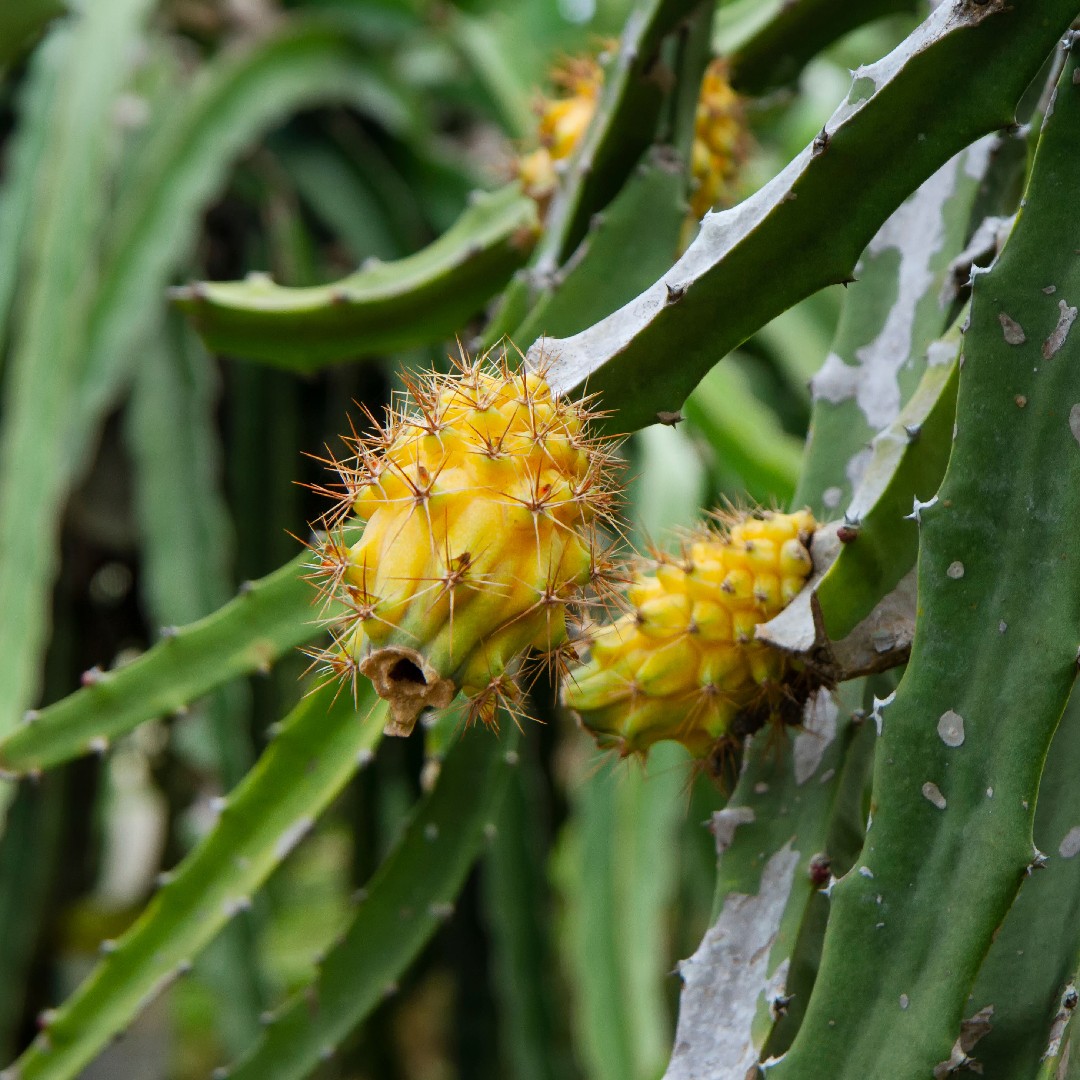





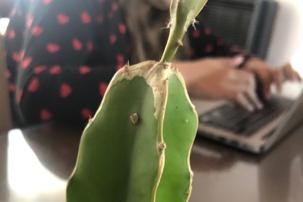
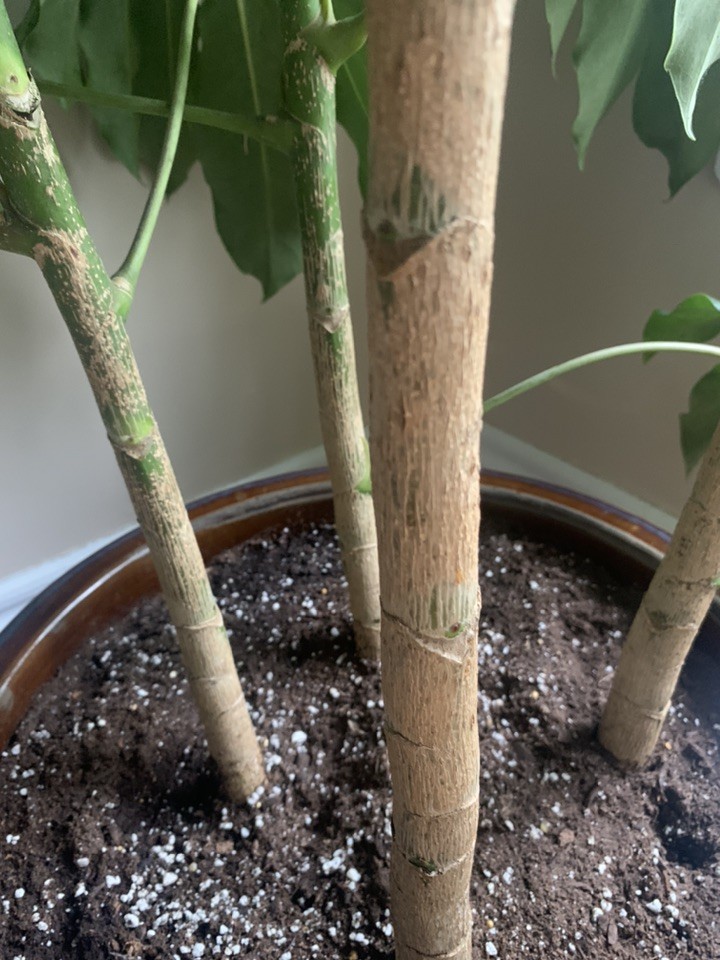
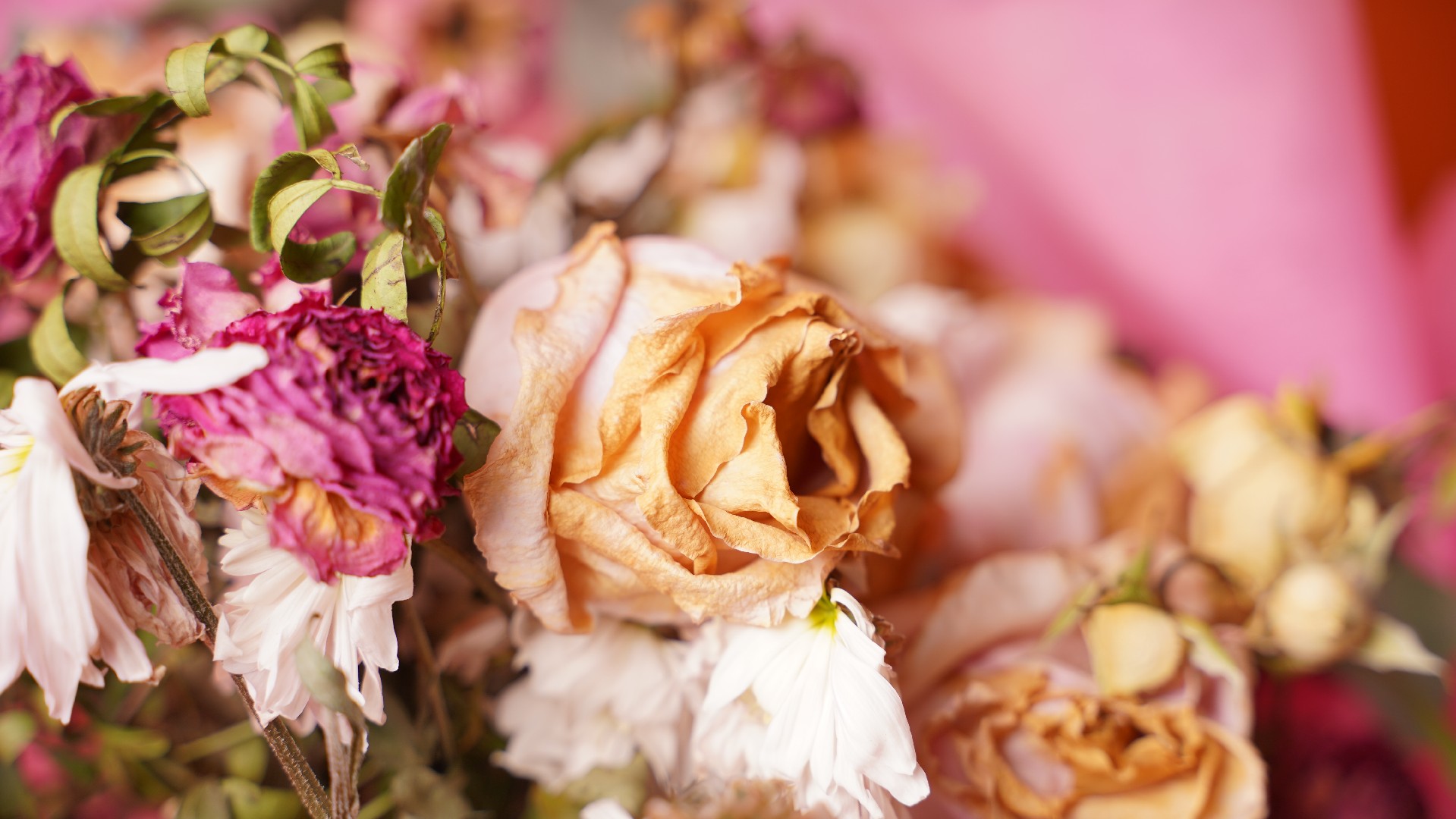
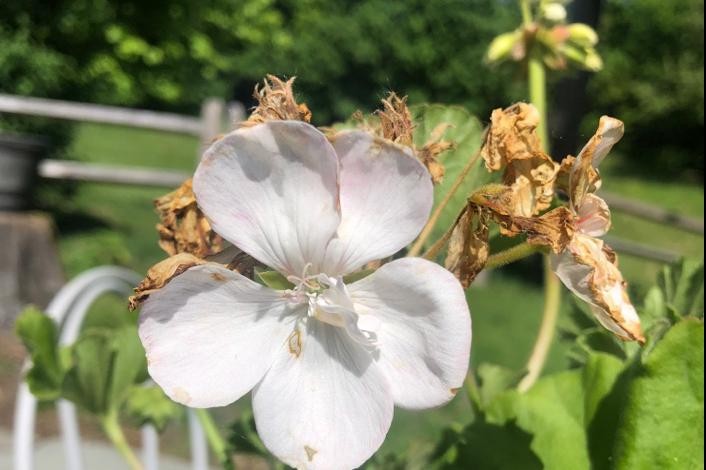
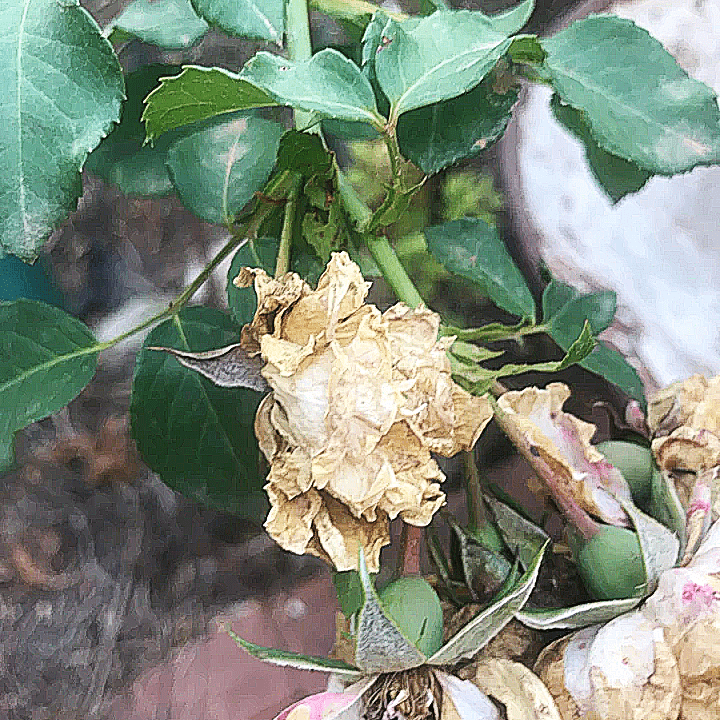

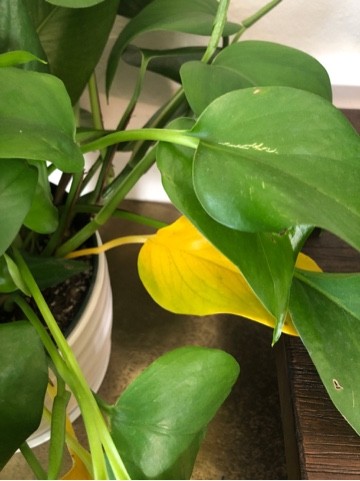
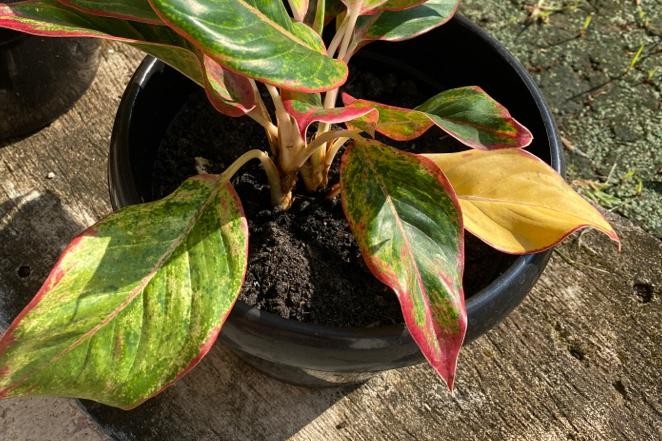
















 Watch how sunlight gracefully moves through your garden, and choose spots that provide the perfect balance of light and shade for your plants, ensuring their happiness.
Watch how sunlight gracefully moves through your garden, and choose spots that provide the perfect balance of light and shade for your plants, ensuring their happiness. 








